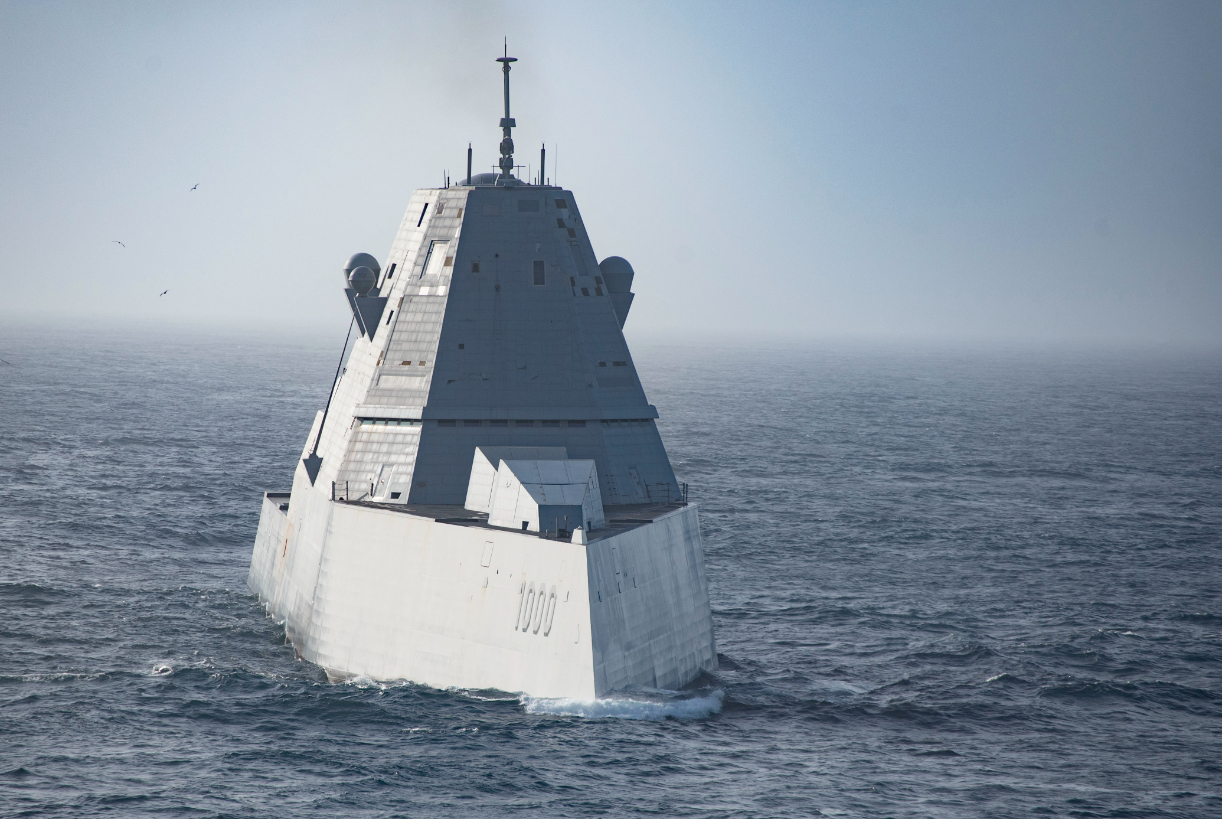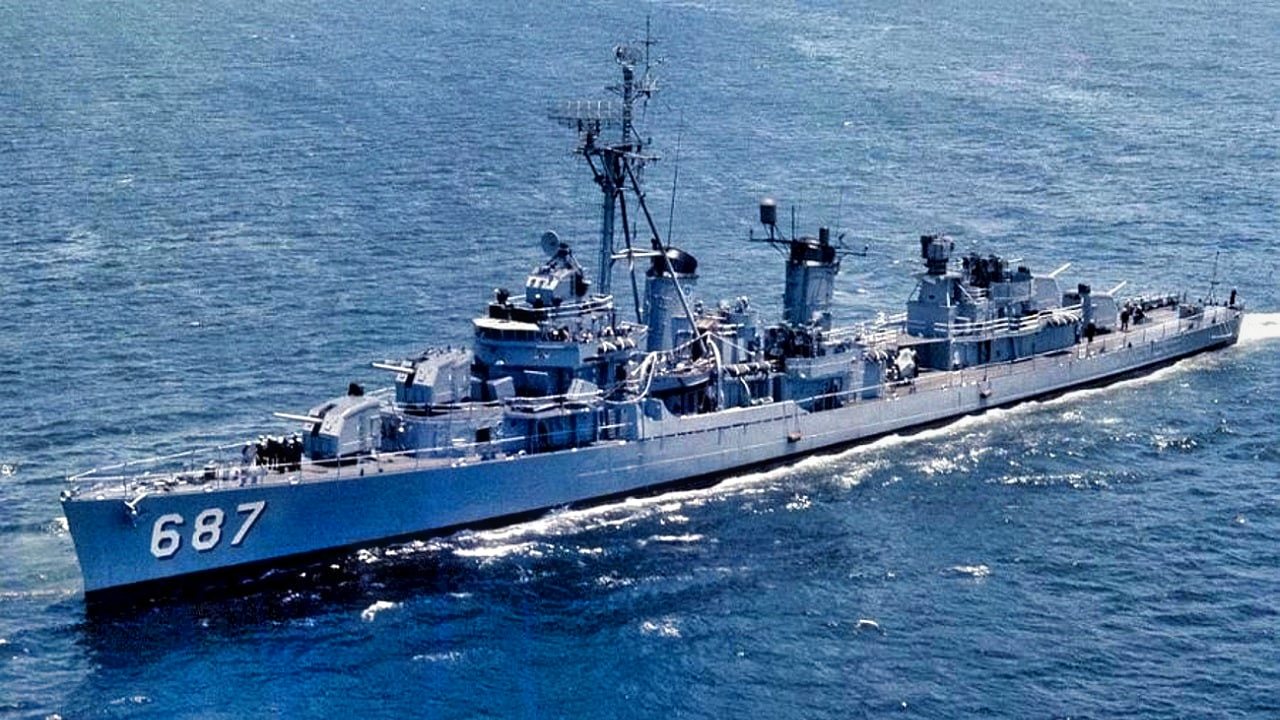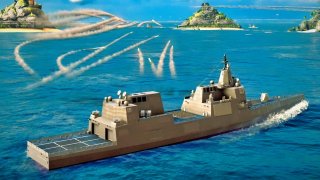Best of the Best: The U.S. Navy's 5 Best Destroyers to Ever Sail
Destroyers have been integral to naval warfare since the early 20th century, prized for their speed, maneuverability, and versatility in escorting larger vessels. The United States Navy has developed over 1,000 destroyers, with five standout classes shaping naval history.
What You Need to Know: Destroyers have been integral to naval warfare since the early 20th century, prized for their speed, maneuverability, and versatility in escorting larger vessels.

-The United States Navy has developed over 1,000 destroyers, with five standout classes shaping naval history.
Top 5 U.S. Destroyer Classes That Shaped Naval Warfare
The destroyer as a warship type is well regarded for its speed, maneuverability, and endurance. Built primarily to escort larger vessels like battleships and aircraft carriers into battle, the destroyer is a quiet staple of naval warfare, operating since the dawn of the 20th century. The U.S. Navy alone has built more than 1,000 destroyers.
Let’s take a closer look and consider the top five U.S. destroyer classes that ever sailed.
Bainbridge-Class
The first destroyer the U.S. ever laid down was the Bainbridge class in 1899. Authorized in the wake of the Spanish-American War, 13 Bainbridge-class destroyers were built before 1903. While rudimentary by today’s standards, the Bainbridge’s coal-fired boilers and triple-expansion engines were highly advanced for 1899.

The boilers supplied 275 pounds per square inch, which was sufficient to propel the Bainbridge at 28 knots per hour. One Bainbridge, the USS Chauncy, was sunk during World War One after a collision with the British SS Rose.
Clemson-Class
Between 1919 and 1922, the Navy built 156 Clemson-class destroyers. The Clemson, which became the most numerously produced destroyer of the World War One era, was a minor redesign of the Wickes-class destroyer, featuring improved fuel capacity. Known colloquially as “flush-deckers,” “four-stackers,” or “four-pipers,” the Clemson vessels were slower than the Wickes, but had better range and more room for storing depth charges. The result was a destroyer more adept at hunting and killing enemy submarines.
Fourteen Clemson-class destroyers were involved in the 1923 Honda Point Disaster, the largest peacetime loss of Navy ships in U.S. history. Seven Clemsons sank, killing 23 sailors, when their ships ran aground just north of the Santa Barbara Channel.
Fletcher-Class
During World War II, the largest and most produced destroyer was the Fletcher-class.

One hundred and seventy-five Fletcher-class destroyers were built during the war. The design was commonly held to be a success, offering an improvement of preceding classes like the Porter and the Somers. Measuring almost 370 feet, and displacing 2,500 tons, the Fletcher was well equipped with armor and firepower. In all, 19 Fletchers were lost during World War II, while another six were damaged so severely that they never returned to service.
Of the 25 Fletchers sunk or severely damaged, 17 were lost between March and July of 1945 in the heavy fighting off the coast of Okinawa.
Arleigh Burke-Class
Still in service today, the Arleigh Burke-class was first laid down in 1988. A total of 73 Arleigh Burke destroyers have been built, making this class a staple of the post-Cold War Navy.
Over 500 feet long, with a displacement ranging from 8,300 to 9,700 tons, the Arleigh Burke is one of the largest U.S. destroyers ever. Only the Spruance, Kidd, and Zumwalt are longer than the Arleigh Burke.
The Arleigh Burke incorporates some stealth techniques, including angles, surfaces, and the raked tripod mainmast that make the vessel more difficult to detect by radar. The Arleigh Burke is built primarily from steel, and it is loaded with modern radar equipment and weapons systems.
Zumwalt-Class
The destroyer of the future, the Zumwalt class was designed to be a multi-mission stealth vessel specializing in land attack. The Zumwalt is controversial in that the ship was so expensive – costing over $4 billion per unit and $22 billion as a program.
Originally, 32 Zumwalts were planned, but the class was canceled after just three were built. Ultimately, the Zumwalt is not likely to be remembered as a vaunted ship. But it will probably be noted as a bridge to the future of destroyer design.
About the Author
Harrison Kass is a defense and national security writer with over 1,000 total pieces on issues involving global affairs. An attorney, pilot, guitarist, and minor pro hockey player, Harrison joined the US Air Force as a Pilot Trainee but was medically discharged. Harrison holds a BA from Lake Forest College, a JD from the University of Oregon, and an MA from New York University. Harrison listens to Dokken.
Image Credit: Creative Commons.


